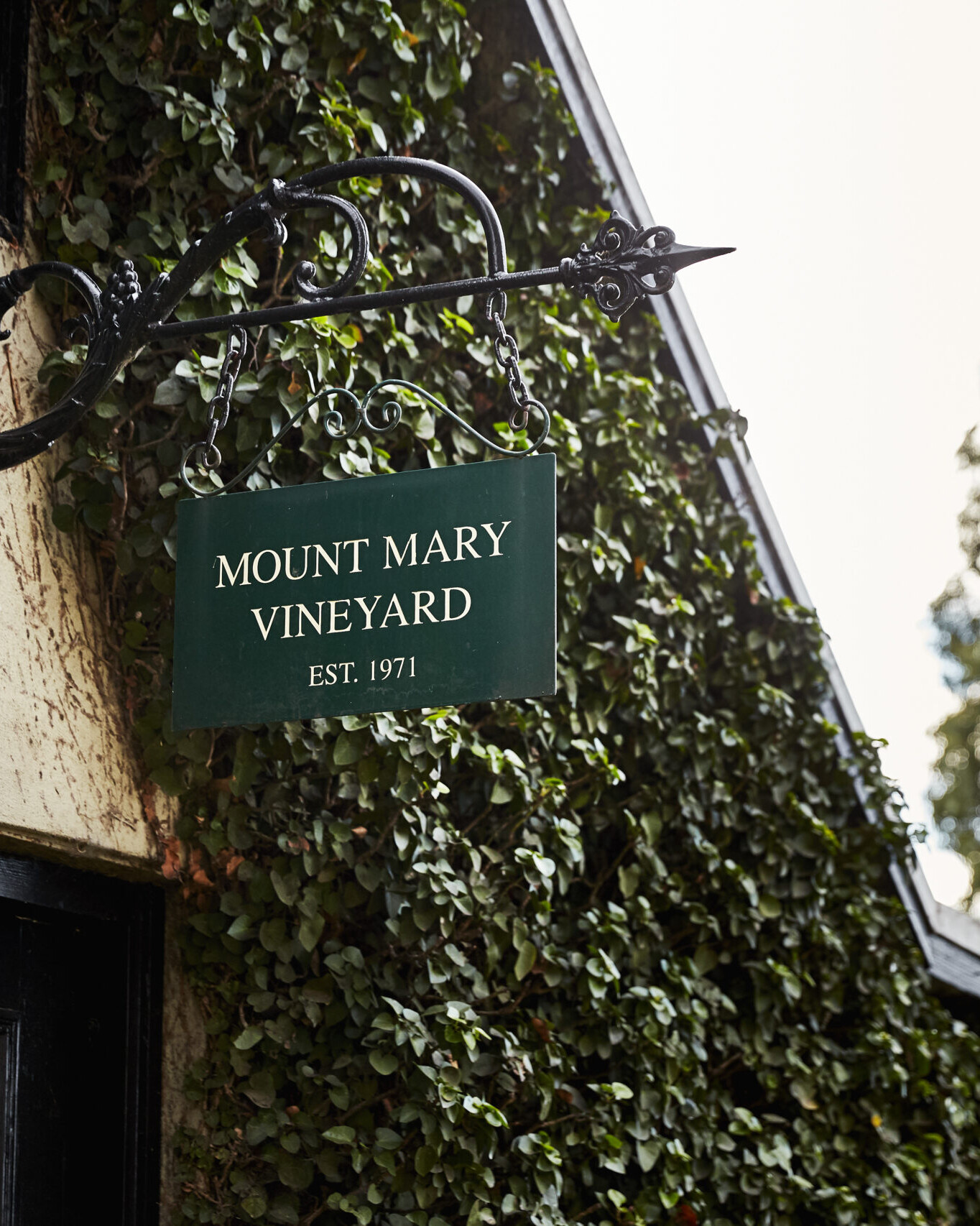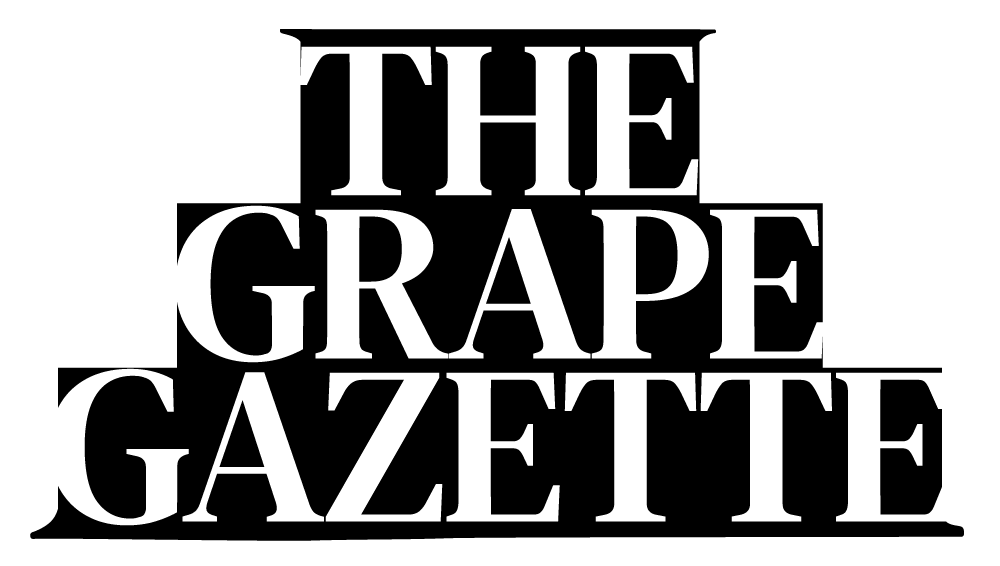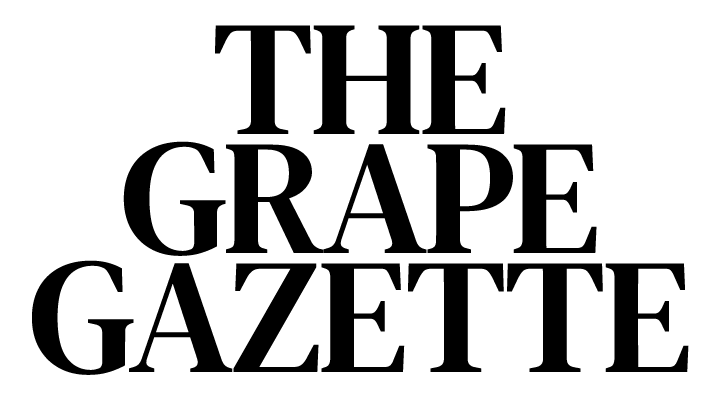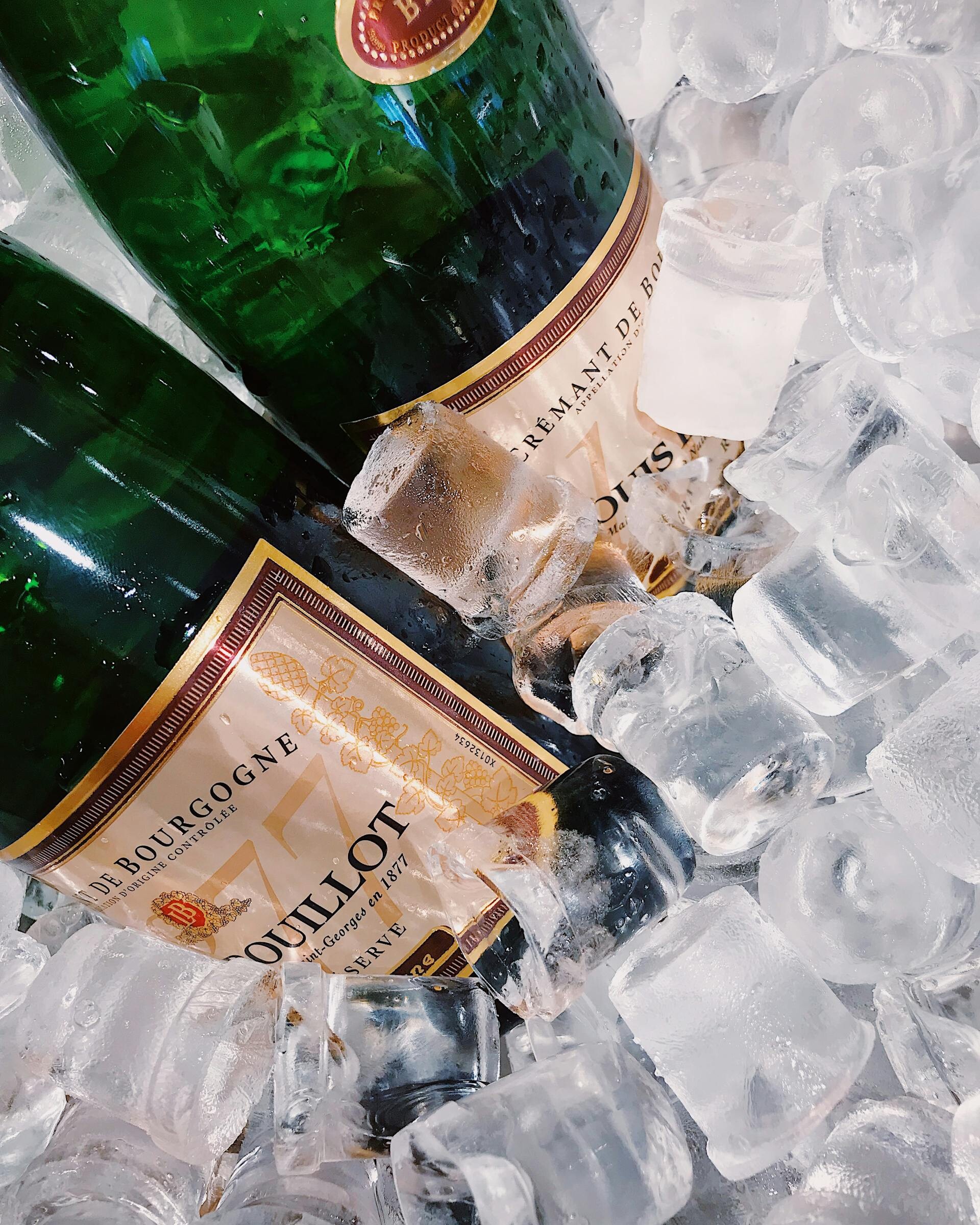If you’ve ever picked up a bottle of Crémant and wondered whether it’s just Champagne in disguise, you’re not alone. Both wines sparkle, both are French, and both often come in the same style of bottle. But they’re not the same.
Crémant is not a knock-off. It’s its own thing. It offers exceptional value, regional personality, and a different kind of charm. Champagne is the benchmark, but Crémant is the underdog that often surprises.
Here’s everything you need to know to tell them apart and decide which one to pour.
What Is Crémant?
Crémant is a French sparkling wine made using the same traditional method as Champagne, but produced outside the Champagne region. The name comes from the word “creamy,” which refers to its softer texture of bubbles.
Crémant is made in several French regions, each with its own grapes and style. Some of the most common include:
- Crémant de Loire – Chenin Blanc based, fresh and floral
- Crémant de Bourgogne – Chardonnay and Pinot Noir, often the closest to Champagne
- Crémant d’Alsace – Uses grapes like Riesling and Pinot Blanc for bright, zippy wines
- Crémant de Limoux – Typically blends of Mauzac, Chenin, and Chardonnay, often ripe and round
Each region has its own rules for which grapes are allowed and how long the wine must age, but all Crémant must be made using the traditional method. That means the bubbles come from a second fermentation in the bottle, just like Champagne.
What Makes Champagne Different?
Champagne can only come from the Champagne region in the northeast of France. It follows strict rules about grapes, vineyard practices, and production methods.
The three main grapes are:
- Chardonnay
- Pinot Noir
- Pinot Meunier
Champagne must be aged on its lees (the yeast sediment) for at least 15 months. That’s what gives it the famous flavour profile of toast, brioche, almond, citrus and minerality. Many houses age their wines even longer, especially vintage and prestige cuvées.
Champagne has built its reputation over centuries. It’s known for elegance, consistency, and complexity.
Key Differences at a Glance
| Feature | Champagne | Crémant |
|---|---|---|
| Region | Champagne only | Multiple French regions |
| Grapes | Chardonnay, Pinot Noir, Meunier | Regional varieties |
| Aging time | Minimum 15 months | Usually around 9 to 12 months |
| Bubble texture | Fine and persistent | Softer and lighter |
| Flavour profile | Complex, yeasty, mineral | Fresh, fruity, sometimes floral |
| Price range | £35–£300+ | £12–£30 |
| Label | Always “Champagne” | Will say “Crémant de [region]” |
When to Choose Crémant
- You’re looking for a delicious sparkling wine under £20
- You want to pour something crowd-pleasing without making a big statement
- It’s a picnic, a Tuesday night, or a relaxed garden party
- You want a lighter, more fruit-forward style
- You’re curious about other French wine regions
Crémant is versatile, good value, and often overdelivers. It’s an excellent alternative when you don’t need the formality of Champagne.
When to Choose Champagne
- You’re celebrating something special
- You want structure, complexity, and toastiness
- You’re pairing with rich food or seafood
- You’re gifting or making a strong impression
- You want a wine that evolves in the glass
Champagne is the icon for a reason. It’s more than just bubbles, it’s built for depth and occasion.
Great Crémant Bottles to Try
Here are a few high-quality Crémant wines that show off the category’s range and charm:
- Gratien & Meyer Crémant de Loire Brut – Light, citrusy, and easy to love
- Bailly Lapierre Crémant de Bourgogne – Champagne-style structure at half the price
- Allimant-Laugner Crémant d’Alsace – Lively, floral, and great with snacks or canapés
- Antech “Émotion” Crémant de Limoux Rosé – Bright pink, dry and bursting with red berries
These are affordable, reliable bottles that often outperform much more expensive alternatives.
Final Sip
Crémant and Champagne are made the same way but bring very different energy to the glass. Champagne is all polish, prestige, and structure. Crémant is relaxed, affordable, and full of regional charm.
You don’t need to choose between them. You just need to know which one suits the moment. One is for ceremony. The other is for joy.
January 17, 2025
Pol Roger Portfolio Welcomes Mount Mary
Read More




